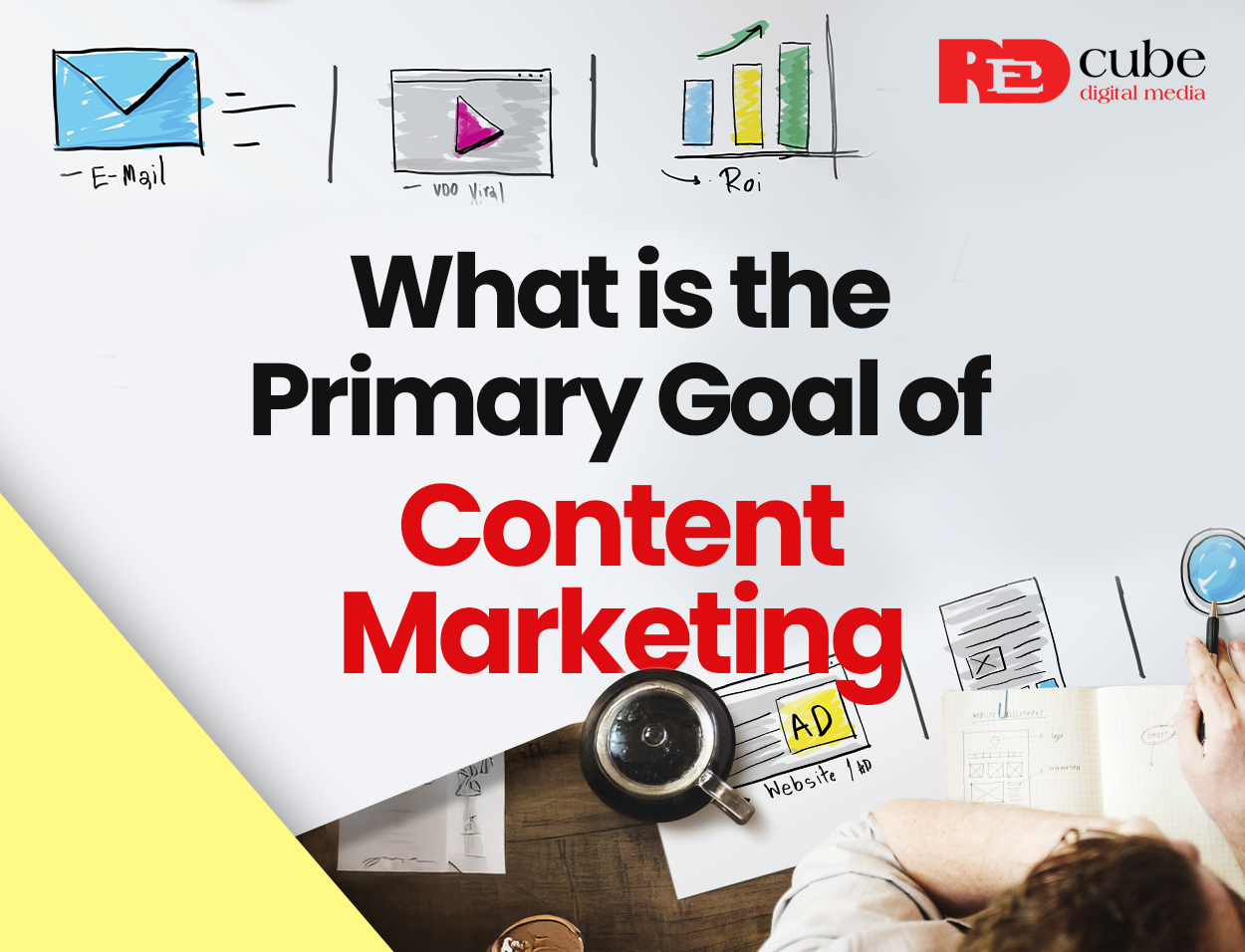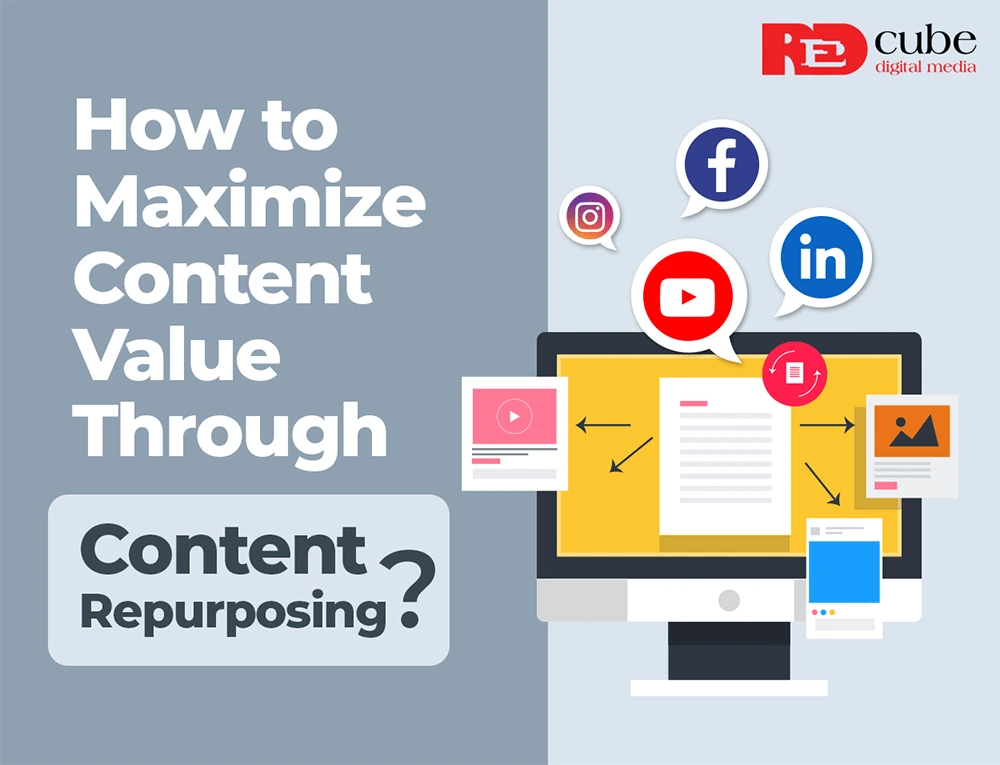Have you ever paused while scrolling through your phone and clicked on an article, not because it sold you something, but because it taught you something new? When was the last time a simple blog or video changed the way you viewed a brand?
And how often do you find yourself choosing a business not because of ads, but because their content genuinely helped you solve a problem?
According to the Content Marketing Institute (2023), content marketing generates over three times as many leads as outbound marketing and costs 62% less.
These moments are not coincidences. They are carefully designed through a strategy known as content marketing. But what exactly is the primary goal behind all this content you see online, from guides and blogs to videos and social media posts?
The Core Purpose: Building Trust & Driving Business Growth
A HubSpot report revealed that companies that publish 16+ blog posts per month get 3.5 times more traffic than those publishing four or fewer posts.
At its heart, the primary goal of content marketing is to build trust with your audience and drive profitable customer action. This happens not by selling directly, but by consistently providing value. Instead of pitching your products or services, you’re delivering useful information that makes your buyer more informed.
The result? Better brand awareness, improved credibility, and eventually, more sales.
6 Key Objectives that Support the Main Goal
To understand the broader aim, let’s break down the main objectives content marketing serves:
1. Increasing Visibility through SEO
- Content optimised for search engines helps your website rank higher in search results.
- This includes using relevant SEO keywords, internal linking, and producing consistent, high-quality posts.
2. Educating Your Audience
- People look for answers online. Informative blogs, tutorials, and FAQs make you a reliable source.
- For instance, if you’re a tech firm, a blog post explaining software use cases can clarify doubts and increase product interest.
3. Driving Targeted Traffic
- When your content is relevant to what people are searching, it attracts users with a genuine interest in your offerings.
- This makes the traffic more likely to convert into leads or customers.
4. Generating Leads and Conversions
- Helpful content builds confidence and prompts users to take action, whether it’s signing up for a newsletter or making a purchase.
- Use calls to action (CTAs) strategically within your content.
5. Improving Customer Retention
- Keeping existing customers informed strengthens your relationship with them.
- Educational emails, newsletters, or how-to guides can keep your brand top-of-mind.
6. Establishing Brand Authority
- Regular publishing of insightful content positions you as a thought leader in your industry.
- This is particularly powerful in competitive markets like digital marketing or SaaS.
4 Best Practices to Align with Your Content Marketing Goals
1. Know Your Audience
Use tools like Google Analytics and social media insights to understand what your audience cares about.
2. Create a Content Calendar
Consistency matters. Planning your content ensures a steady flow and better audience engagement.
3. Repurpose Content
Turn a blog post into an infographic, video, or social media snippet to extend its reach.
4. Measure Results
Use KPIs like time on site, bounce rate, and conversion rate to evaluate success.
Challenges and How to Overcome Them
- Content Saturation: With so much content out there, it’s harder to stand out. Solution? Focus on niche topics and offer unique insights.
- Measuring ROI: Content efforts don’t always show instant results. Use tools like HubSpot, SEMrush, or Google Analytics to track performance over time.
- Resource Constraints: Small teams may struggle to produce content regularly. Consider outsourcing to experienced content writers or agencies.
Why This Matters for Indian Businesses
In markets like India where consumer decisions are influenced by online reviews and research, content marketing offers a scalable way to connect, educate, and convert. Whether you run a D2C brand or a B2B service firm, content marketing agency is something you can’t ignore.
If you’re ready to use content marketing to grow your business, start by identifying what questions your customers are asking. Then, create content that answers them clearly and helpfully. Need help with planning or writing? RedCube Digital can assist you in crafting content strategies that work.
FAQs
1. How often should I publish content?
Aim for consistency. Whether it’s once a week or twice a month, maintain a steady schedule that you can manage.
2. What type of content works best?
It depends on your audience. Blogs, videos, infographics, and podcasts can all be effective when used appropriately.
3. Is content marketing suitable for small businesses?
Yes, it’s one of the most cost-effective strategies for reaching and engaging customers without large advertising budgets.
4. How do I know if my content is working?
Track metrics like website traffic, engagement, and conversions. Adjust your strategy based on these insights.
5. Can I do content marketing without a blog?
Yes, through social media, videos, and email newsletters. However, a blog improves SEO and helps centralise your content.



